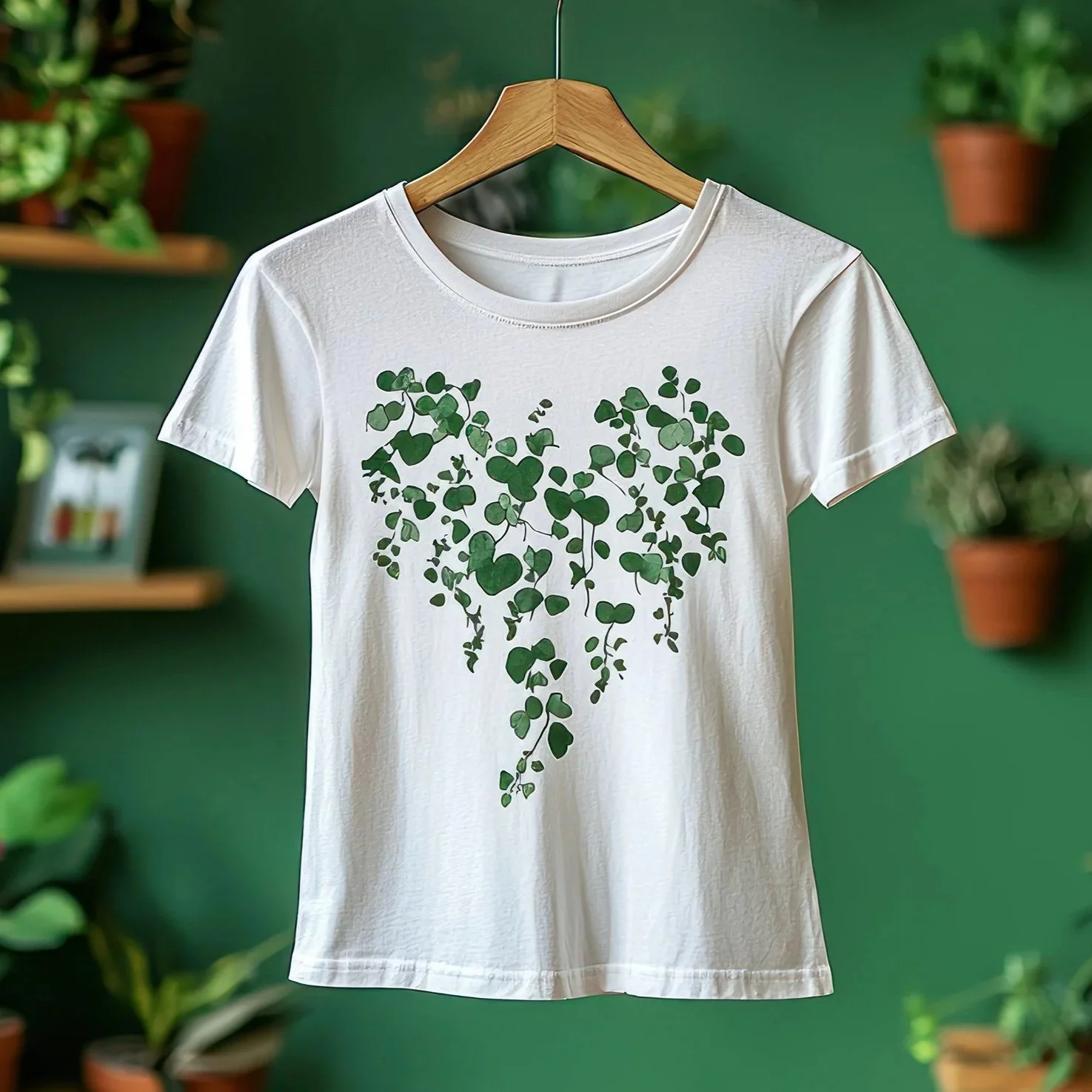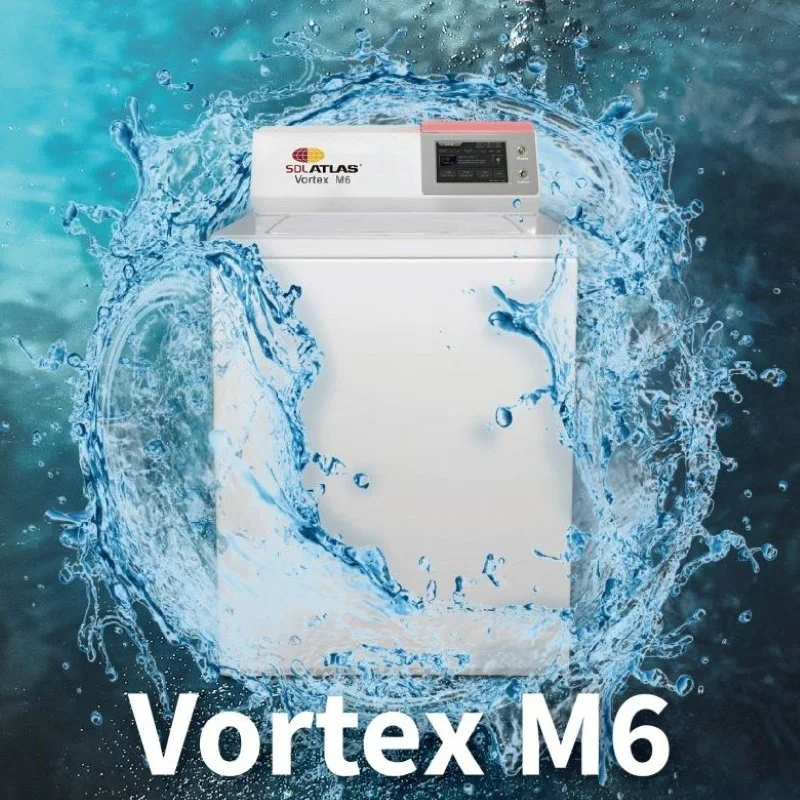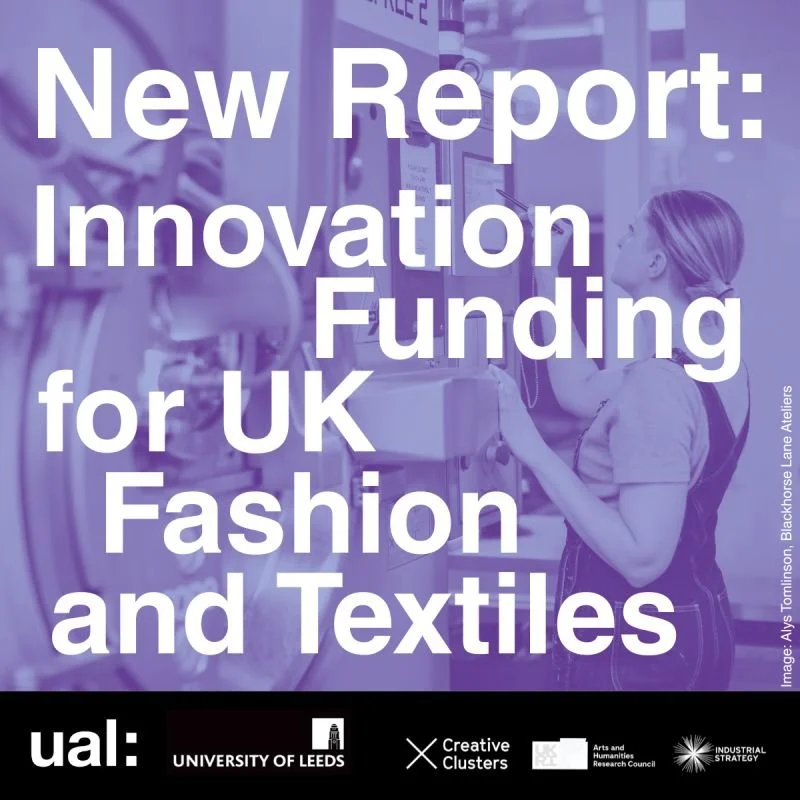Global Digital Textile Printing Inks Market Forecasted to Grow To $25.97 Billion By 2028
Image Courtesy of PXHere
Inkwood Research anticipates that the global digital textile printing inks market is expected to reach $25.97 billion, growing with a CAGR of 6.84%, in terms of revenue, by 2028.
Likewise, in terms of volume, the global market is anticipated to reach 41464.56 million tons, growing with a CAGR of 8.61%, during the forecast period.
The base year considered for the market study is 2020, and the forecast years are from 2021 to 2028.
Key Market Drivers Fuelling The Global Digital Textile Printing Inks Market:
Wide preference for 3D printing technology
Advancements in printing methods
Various textile printing methods such as discharge print, direct print, resist print, pigment print, and specialty print have evolved to cater to the increasing demand for digital textile printing globally.
With the development of a dye-sublimation printer, it is now feasible to print with high-energy disperse inks and low-energy sublimation inks directly onto textile media by the process of a heat press.
Key Restraining Factors Limiting Market Growth:
High initial cost
Environmental issues due to digital textile printing inks
Solvent-based inks are considered the least environmentally friendly, owing to the high emission of volatile solvents during printing and drying. Thus, governments of various economies are imposing strict regulations concerning the use of toxic printing inks.
Moreover, consumers focus on using harmless and less hazardous printing inks on textiles, which may pose a serious threat to the global digital textile printing inks market.
The Report Scope Of The Global Digital Textile Printing Inks Market Covers The Segmentation Analysis Of Application And Ink Type.
Market by Application:
Clothing/Garments
Household
The household segment is set to lead the application category, in terms of volume and revenue.
Household textiles include draperies and curtains, bed and table linens, printed designer cushions, and others.
Interior design firms and magazines play an essential role in boosting the trend of high-quality home textile products in developed regions.
Increased demand for household textile from the hospitality sector, especially from countries such as Dubai, India, Egypt, and Abu Dhabi, contributes to the market’s growth.
Technical
Display
Geographically, The Global Digital Textile Printing Inks Market Has Been Segmented On The Basis Of Four Major Regions, Which Includes:
North America: The United States and Canada
North America is set to be the fastest-growing region during the forecast period.
In North America, the demand for digital textile printing ink is primarily acquired from sectors such as the sportswear and fashion industry. The garments’ manufacturers in the United States are significantly dependent on countries across the Asia Pacific for textile raw materials such as yarn, fabrics, and basic chemicals, thereby significantly contributing towards the market growth.
Europe: The United Kingdom, Germany, France, Italy, Russia, Poland, and Rest of Europe
Asia Pacific: China, Japan, India, South Korea, Indonesia, Thailand, Vietnam, Bangladesh, Australia & New Zealand, and Rest of Asia Pacific
Rest of World: Latin America, the Middle East & Africa
The Major Players Operating In The Global Digital Textile Printing Inks Market:
Sensient Technologies Corporation
Sawgrass Technologies
SPGPrints BV
Zhejiang Lanyu Digital Technology Co Ltd (Lanyu Digital)
BASF SE
Dover Corporation
The DyStar Group
Others
Key Strategies Adopted By Some Of These Companies:
In February 2020, DyStar entered into a joint venture with TEGEWA after resigning from the Ecological and Toxicological Association of Dyes and Organic Pigment Manufacturers (ETAD).
TEWA is a sector associated with the German Chemical Industry Association and a leading manufacturer of colorants, chemical substances, and mixtures such as surfactants, auxiliaries.
This joint venture is foreseen to show a positive response to digital textile printing ink-related challenges.
In March 2020, Huntsman Corporation launched a new product known as Terasil Blue W, the latest edition dispersive dyes.
Besides, it offers all the properties required for high-performance athleisure wear and sportswear. This product launch has diversified the application of garment dyes to sportswear.
Key Trends Of The Global Digital Textile Printing Inks Market:
Research and development activities in digital textile printing ink formulation favor as a lucrative opportunity for the market.
Under the ink type category, the pigment segment is projected to grow with the highest CAGR of xx%, during the forecasted period.
Europe is set to hold the largest market share, in terms of revenue and volume, during the forecast period.
Market expansions in LAMEA provide the digital textile printing inks market with lucrative growth opportunities.










































